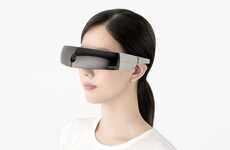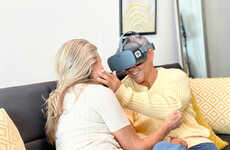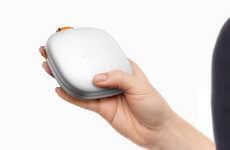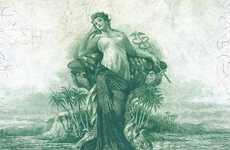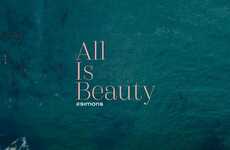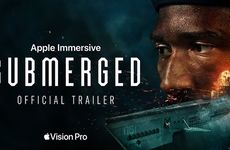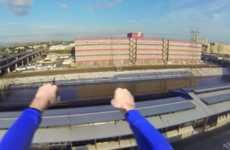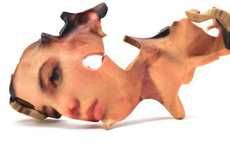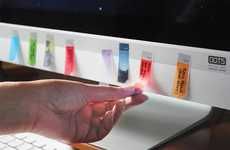
‘Notes on Blindness’ Sheds Light on the World of Blind
Farida Helmy — February 4, 2014 — Art & Design
In the recent and very touching New York Times-produced ‘Notes on Blindness’ film, blind writer and theologian John Hull’s thoughts from three years of audio cassette recordings are combined with a visual flurry of images.
After years of deteriorating vision from the age of 13, Hull was registered as blind in 1980 at age 45 and lost final light sensation traces by 1983.
The writer started recording an audio-cassette diary on his thoughts of blindness. “I knew that if I didn’t understand it,” he now recalls, “blindness would destroy me.”
And now, 25 years later, the dusty tapes find themselves starring in Vimeo’s staff pick film after the 16 hours of audio diaries inspired directors Peter Middleton and James Spinney to make ‘Notes on Blindness.'
After years of deteriorating vision from the age of 13, Hull was registered as blind in 1980 at age 45 and lost final light sensation traces by 1983.
The writer started recording an audio-cassette diary on his thoughts of blindness. “I knew that if I didn’t understand it,” he now recalls, “blindness would destroy me.”
And now, 25 years later, the dusty tapes find themselves starring in Vimeo’s staff pick film after the 16 hours of audio diaries inspired directors Peter Middleton and James Spinney to make ‘Notes on Blindness.'
Trend Themes
1. Short Films on Blindness - Opportunity to create short films that explore the experience of blindness and give voice to the blind community.
2. Audio Diaries as Inspiration - Exploring the use of audio diaries as a source of inspiration for creative projects, such as films.
3. Combining Audio and Visuals - Incorporating audio recordings with visual elements to create compelling and immersive storytelling experiences.
Industry Implications
1. Film and Entertainment - Opportunity for filmmakers to create impactful short films that shed light on the world of blindness and challenge perceptions.
2. Technology - Innovation in audio recording and visual editing technologies to enhance the integration of audio diaries and visual storytelling.
3. Accessibility and Inclusion - Creating inclusive and accessible content that amplifies the voices and experiences of the blind community.
0.9
Score
Popularity
Activity
Freshness


